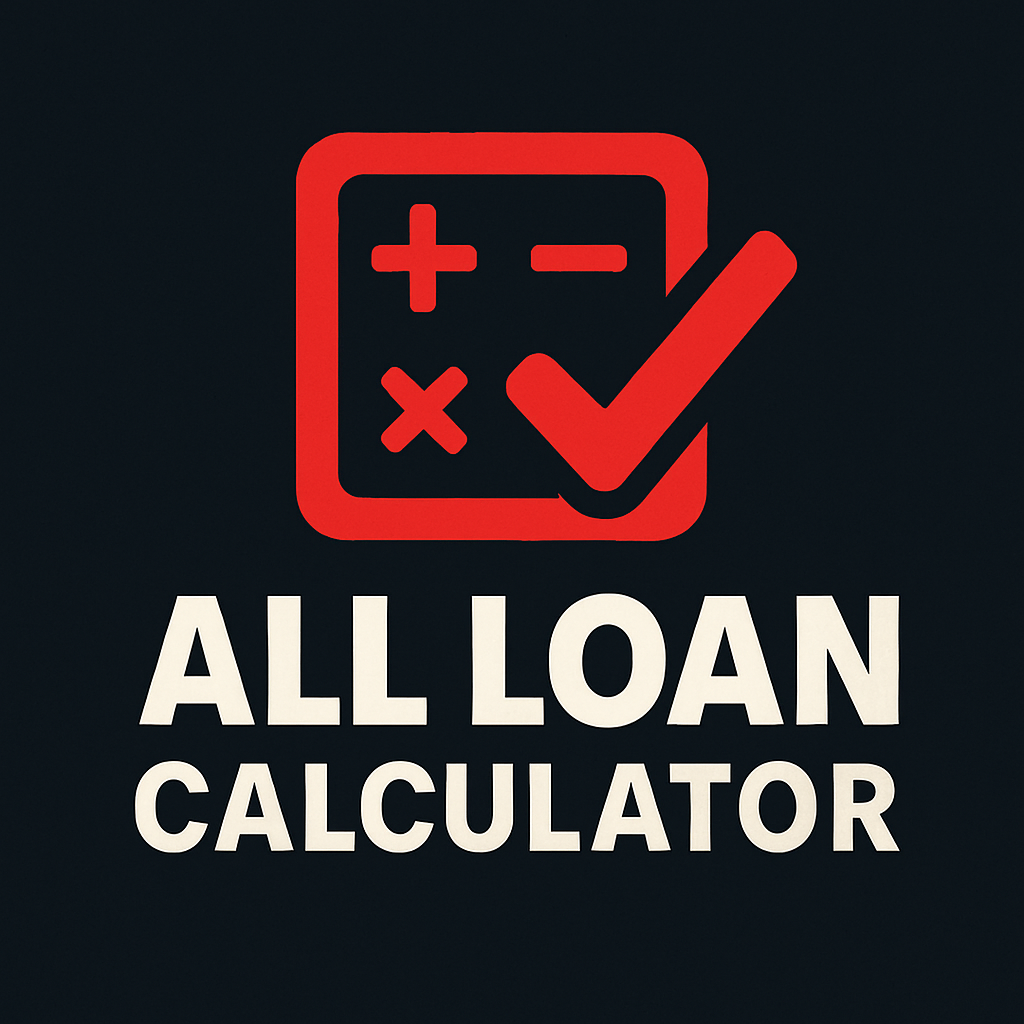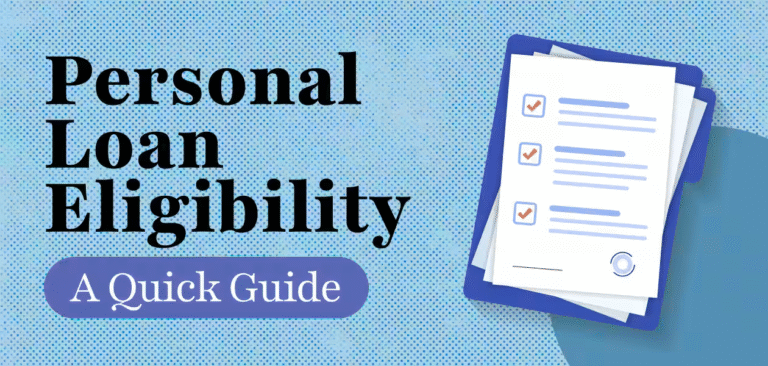National Mortgage Form: A Complete Guide for Homebuyers and Lenders
Buying a home or refinancing a loan often feels overwhelming because of the paperwork involved. One of the most important documents in this process is the national mortgage form. It serves as a standardized legal agreement that outlines the terms between borrower and lender, ensuring clarity and compliance. Whether you are a first-time buyer, a refinancing homeowner, or a mortgage professional, understanding how this form works can help you avoid costly mistakes and move smoothly through the lending process.
What Is a National Mortgage Form?
A national mortgage form is a standardized legal document used in mortgage transactions across the country. It details the rights and obligations of both borrowers and lenders. By using a unified form, lenders maintain consistency, and borrowers gain a clear picture of their loan responsibilities.
In most jurisdictions, this form:
- Records the mortgage agreement.
- Defines repayment obligations.
- Establishes the lender’s security interest in the property.
- Outlines foreclosure rights in case of default.
Why Standardization Matters
Before national mortgage forms became common, each lender created its own documents. This led to confusion, misinterpretation, and disputes. Today, standardized forms ensure legal uniformity, better consumer protection, and smoother loan processing.
Key Elements of a National Mortgage Form
Although specific details may vary depending on jurisdiction, most mortgage forms contain common sections.
1. Borrower and Lender Information
This section identifies all parties involved, including co-signers or guarantors. Accuracy here prevents disputes later.
2. Loan Amount and Terms
The form specifies:
- Loan principal.
- Interest rate.
- Payment frequency (monthly, bi-weekly).
- Loan maturity date.
3. Security Interest in Property
The mortgage form records the property as collateral. If the borrower defaults, the lender has legal rights to repossess and sell the property.
4. Borrower’s Covenants
Borrowers must:
- Keep the property insured.
- Pay property taxes.
- Maintain the home in good condition.
5. Default and Foreclosure Clauses
This section explains what constitutes default, the lender’s rights, and foreclosure procedures.
6. Signatures and Notarization
To become enforceable, the document must be signed by all parties and notarized.
Types of National Mortgage Forms
Not all mortgage forms are identical. Different forms serve different lending purposes.
1. Fixed-Rate Mortgage Form
Used when the loan carries a constant interest rate throughout the repayment term. Popular for predictable payments.
2. Adjustable-Rate Mortgage (ARM) Form
This form allows interest rates to fluctuate after an initial fixed period. It clearly explains rate adjustment schedules and caps.
3. Balloon Mortgage Form
Outlines agreements where borrowers make smaller payments for a set term, followed by a large final payment (balloon).
4. FHA and VA Loan Forms
Government-backed loan programs have specialized national forms that include additional protections and requirements.
Why the National Mortgage Form Is Important
The mortgage process is filled with complex terminology and legal clauses. A standardized form ensures borrowers are not misled and lenders are protected.
Benefits for Borrowers
- Clarity: Easy-to-understand terms.
- Fairness: Transparent rules for repayment and foreclosure.
- Legal Protection: Uniform compliance across states.
Benefits for Lenders
- Consistency: Standard clauses reduce administrative burden.
- Risk Management: Protects lenders in case of borrower default.
- Efficiency: Streamlines loan origination and approval.
How to Complete a National Mortgage Form
Filling out a mortgage form can feel daunting. Here’s a step-by-step breakdown:
- Provide Borrower Information – Include legal names, addresses, and social security numbers.
- List Loan Details – State the principal amount, interest rate, and repayment schedule.
- Describe the Property – Provide legal property descriptions from title deeds.
- Acknowledge Covenants – Agree to maintain property taxes, insurance, and upkeep.
- Review Default Clauses – Understand penalties, foreclosure rights, and borrower remedies.
- Sign and Notarize – Make the document legally binding.
👉 Tip: To avoid errors when calculating payments or interest schedules, consider using our free mortgage calculator tool for accuracy before filling out the form.
Common Mistakes to Avoid
- Incorrect Property Descriptions: Always use the legal description from deeds, not informal addresses.
- Leaving Blanks: Incomplete forms can lead to delays or disputes.
- Misunderstanding Covenants: Borrowers must fully understand obligations.
- Skipping Legal Review: Always seek advice from a real estate attorney before signing.
The Legal Framework Behind National Mortgage Forms
Mortgage laws vary, but national standards bring consistency. In the U.S., for example, the Uniform Residential Mortgage Form is widely recognized. Lenders also follow Consumer Financial Protection Bureau (CFPB) rules to ensure fairness and transparency.
These regulations ensure:
- Clear disclosure of terms.
- Protection against predatory lending.
- Enforcement of borrower rights.
National Mortgage Form vs. Deed of Trust
Borrowers often confuse these two. While both secure loans with real estate, there are key differences:
| Aspect | National Mortgage Form | Deed of Trust |
| Parties Involved | Borrower + Lender | Borrower + Lender + Trustee |
| Foreclosure Process | Judicial (court-supervised) | Non-judicial (faster, via trustee) |
| Regional Usage | Common in most states | Popular in some states like CA & TX |
| Complexity | More straightforward | Slightly more complex |
Best Practices for Borrowers
- Read Every Section Carefully. Don’t assume standard means simple.
- Seek Clarification. Ask your lender to explain unfamiliar clauses.
- Plan for Interest Changes. If signing an ARM, prepare for possible rate hikes.
- Keep a Copy. Store both digital and hard copies for future reference.
Best Practices for Lenders
- Ensure compliance with federal and state laws.
- Use updated forms to reflect regulatory changes.
- Provide clear borrower disclosures.
- Train staff to explain forms in plain language.
FAQs About the National Mortgage Form
1. What is the purpose of the national mortgage form?
It standardizes loan agreements, ensuring clear terms and protecting both borrower and lender.
2. Is the national mortgage form legally binding?
Yes, once signed and notarized, it becomes an enforceable contract.
3. Do all states use the same mortgage form?
Most states follow a standardized format, but some variations exist depending on local laws.
4. Can I modify the national mortgage form?
Borrowers may negotiate terms, but major changes usually require lender approval.
5. What happens if I don’t understand part of the form?
Seek clarification from your lender or consult a real estate attorney before signing.
6. Is the mortgage form different for refinancing?
Yes, refinancing forms often include additional disclosures about prior loans.
7. How long does it take to complete the form?
It typically takes 30–60 minutes, depending on loan complexity and documentation.
8. Do online lenders use the same forms?
Yes, digital mortgage platforms also rely on standardized forms, often with e-signatures.
9. Can mistakes on the form delay my mortgage approval?
Absolutely. Incomplete or incorrect information can cause processing delays.
10. Where can I find a sample national mortgage form?
Most lenders provide samples upon request, and some government websites offer templates.
Conclusion
The national mortgage form plays a crucial role in real estate transactions by creating a standardized, transparent, and legally binding agreement between borrowers and lenders. Understanding its sections, legal implications, and best practices can save you time, money, and stress.
If you’re preparing for a home loan, take time to review the form carefully, ask questions, and use trusted tools to calculate your payments accurately. Ready to simplify your mortgage journey? Try our mortgage calculator tool to stay on top of your numbers and move confidently toward homeownership.





